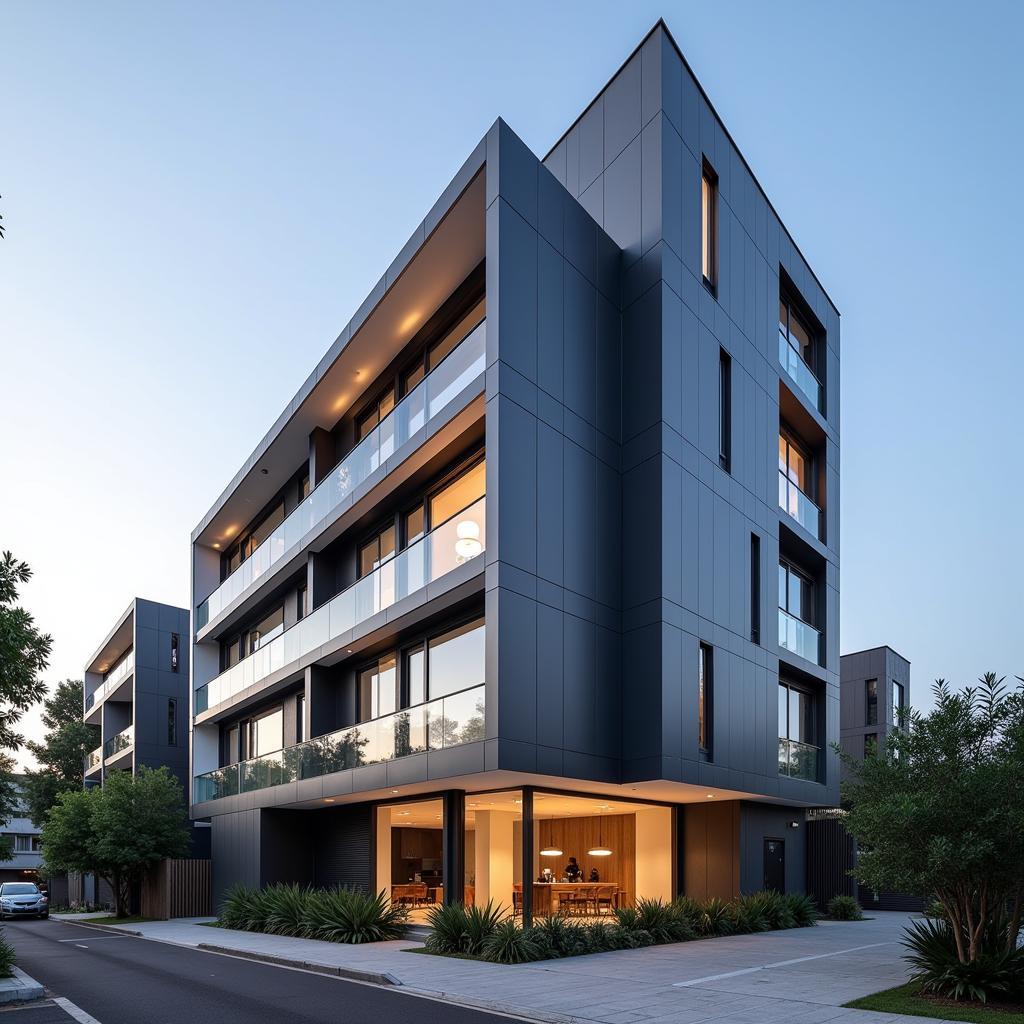Asea Hydroforming is an advanced metal forming technique that uses highly pressurized fluids, typically water-based solutions, to shape ductile metals like aluminum, stainless steel, and brass into lightweight, high-strength components. This process offers numerous advantages over traditional forming methods, making it ideal for various industries, including automotive, aerospace, and medical.
What is ASEA Hydroforming?
ASEA hydroforming, also known as high-pressure hydroforming, involves placing a metal blank inside a die cavity. High-pressure fluid is then pumped into the die, forcing the blank to conform to the shape of the die cavity. This controlled deformation creates complex shapes with excellent dimensional accuracy and surface finish.
Advantages of ASEA Hydroforming
ASEA hydroforming offers several key advantages over traditional metal forming methods like stamping or deep drawing, including:
- High Strength-to-Weight Ratio: The process creates parts with thinner walls and complex geometries while maintaining high strength, resulting in lighter and more fuel-efficient components.
- Design Flexibility: ASEA hydroforming allows for the creation of complex, near-net shapes with intricate features, pushing the boundaries of traditional manufacturing methods.
- Improved Material Utilization: By using a single blank and minimizing material waste, ASEA hydroforming contributes to cost savings and environmental sustainability.
- Enhanced Surface Quality: The process yields parts with smooth, consistent surfaces, reducing the need for secondary finishing operations.
Applications of ASEA Hydroforming
The versatility and benefits of ASEA hydroforming have led to its widespread adoption across various industries:
- Automotive: Manufacturing of lightweight, high-strength components such as exhaust manifolds, fuel tanks, and structural body parts.
- Aerospace: Production of complex, lightweight components like airframes, engine components, and rocket nozzles.
- Medical: Creation of intricate medical devices and implants, including surgical instruments and orthopedic implants.
- Other Industries: ASEA hydroforming also finds applications in industries like plumbing, construction, and consumer goods manufacturing.
ASEA Fluid Forming Press: A Game Changer
asea fluid forming press are specialized machines designed to perform ASEA hydroforming with precision and efficiency. These presses feature advanced control systems, robust hydraulic systems, and customized tooling to ensure optimal forming results.
“The introduction of ASEA fluid forming presses has revolutionized the metal forming industry,” says Dr. Nguyen Van Minh, a leading materials engineer specializing in metal forming technologies. “These presses offer unparalleled precision, repeatability, and the capability to create complex shapes previously deemed impossible.”
The Future of ASEA Hydroforming
As industries continue to demand lighter, stronger, and more efficient components, ASEA hydroforming is poised for significant growth. Ongoing research and development efforts are focused on:
- Developing new alloys: Exploring new metal alloys with enhanced formability and mechanical properties suitable for ASEA hydroforming.
- Improving process simulation: Enhancing simulation software to optimize die design, process parameters, and reduce lead times.
- Expanding applications: Identifying new applications for ASEA hydroforming in emerging fields such as renewable energy and robotics.
Conclusion
ASEA hydroforming is a versatile and powerful metal forming technology that offers significant advantages over traditional methods. Its ability to create lightweight, high-strength, and complex components has cemented its importance across diverse industries. As technology continues to advance, ASEA hydroforming is expected to play an increasingly crucial role in shaping the future of manufacturing.
FAQs about ASEA Hydroforming
1. What types of metals can be formed using ASEA hydroforming?
ASEA hydroforming is suitable for forming ductile metals such as aluminum, stainless steel, brass, copper, and certain alloys.
2. What are the limitations of ASEA hydroforming?
While highly versatile, ASEA hydroforming may not be suitable for all geometries or materials. Complex die designs and high tooling costs can be limiting factors.
3. What are the environmental benefits of ASEA hydroforming?
ASEA hydroforming contributes to sustainability through reduced material waste, lighter components that improve fuel efficiency, and cleaner production processes.
4. What is the difference between ASEA hydroforming and conventional hydroforming?
ASEA hydroforming uses higher fluid pressures and specialized presses compared to conventional hydroforming, enabling the creation of more complex shapes with greater precision.
5. What are the key factors to consider when choosing ASEA hydroforming for a specific application?
Factors to consider include the material being formed, the complexity of the desired shape, production volume, cost constraints, and required tolerances.
For more information on related topics, please visit:
If you require assistance or have any inquiries, please don’t hesitate to contact us:
- Phone Number: 0369020373
- Email: [email protected]
- Address: Thôn Ngọc Liễn, Hiệp Hòa, Bắc Giang, Việt Nam
Our dedicated customer support team is available 24/7 to address your needs.


